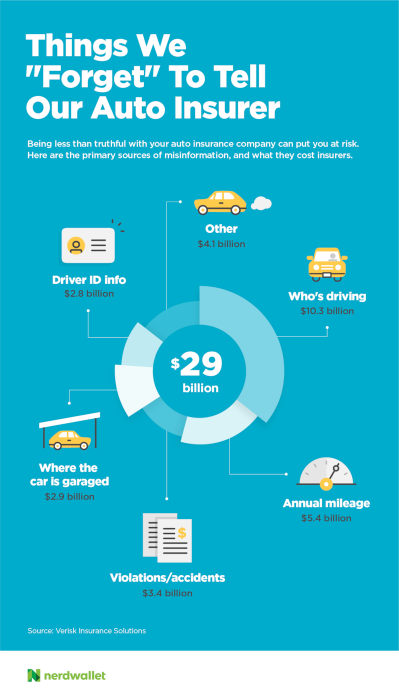In recent years, home equity loans have gone the way of boy bands. So last-century. In an era of low interest rates, home equity lines of credit and cash-out refinances have been the equity-tapping products of choice. Home equity lines of credit, or HELOCs,have been popular because they usually are built with low introductory rates, which have been scraping the bottom. Cash-out refis have been sought because with mortgage rates at a historical floor, millions of homeowners have been refinancing to lower their rates and tap the equity in their homes. Plain-and-simple home equity loans, with the security of a locked-in interest rate that never changes, have been yesterday’s news. But as the economy improves and interest rates rebound, you may have to go throwback if you want to access some of your home value. Regulation stalled home equity loans
At least some of the blame for the missing home equity loans can be placed on regulation. Dodd-Frank, the wide-ranging financial reform act instituted in 2010, mandated that lenders revise statements and disclosures for home equity loans, but not for HELOCs. It required lenders to implement extensive system changes, and as a result, some companiesdecided to eliminate home equity loan products. Besides, low interest rates and rising home values kept lenders busy with refinance demand and HELOCs. Banks and borrowers had no interest in the additional paperwork required on home equity loans. » MORE: The pros and cons of home equity lines of credit
Rising interest rates maychangedemand
Mortgage rates were under 4% for all but two months for 2015 and 2016, according to Freddie Mac. But the sun appears to be setting on the sub-4% mortgage rate.
Logan Pichel, head of consumer lending for Regions Bank, believes that as rates rise, more people may back down from a move-up mentality. He says homeowners in 2017 and beyond may consider remodeling their existing house — with its already low mortgage rate — instead of buying a bigger home at a higher interest rate. In that scenario, a home equity loan may be the right solution.
Pichel predicts many homeowners will say, “I am not going to move up into the next bigger house because I’m sitting here today on a 3 1/2% mortgage rate, and if I were to sell my home and go buy another one, I now have a 4 1/2% mortgage rate.” A home equity loan would allow those homeowners to upgrade a kitchen, add a bedroom or build an outdoor living area, for example. And with rates expected to climb in the months ahead, the relative advantage of a HELOC with a low introductory rate is not as clear because it’s likely to increase when periodic rate resets kick in. “Our opinion is, we’re going to see fewer move-up buyers and we’re going to see more home equity business as a result of the increase in interest rates,” Pichel says.
Johnna Camarillo, manager of equity lending at Navy Federal Credit Union, agrees.
“I think we’re going to see a shift back to fixed equity loans,” Camarillo says. “Our members tend to be more fiscally conservative, and so they like the security of knowing that ‘my payment is always going to be X number of dollars.’ Especially if they already know that they’ve got a specific purpose for their loan.” » MORE: Check mortgage rates now.
Fix it and forget it
After that decision, Pichel says, the next move is to choose between a home equity loan anda home equity line of credit. HELOCs usually begin with a slightly lower rate than fixed-rate home equity loans. But HELOC rates are commonly adjustable and subject to the ups and downs of short-term interest rates, at least at the beginning. Many lenders allow borrowers to carve out a portion of their balance owed and put it into a fixed-rate loan. “As you see an increase in interest rates, you’ll have a set of individuals that will say, ‘You know what, I’m going to lock in at a fixed rate,’ ” he says.
And some customers, Pichel says, appreciate the discipline of a fixed-rate loan for reasons including:
– They know exactly what their monthly payment will be, which helps with budgeting. Some customers like knowing the exact numbers. Navy Federal’s Camarillo saysthere’s a comfort level with knowing the specific amount you’ll owe, how long it will take to pay the loan off and what your payment will be each month. More from NerdWallet Hal Bundrick is a staff writer at NerdWallet, a personal finance website. Email: hal@nerdwallet.com. Twitter:@halmbundrick. The article A Home Equity Loan Is a Smart Choice as Rates Rise originally appeared on NerdWallet.
– Tapping home equity with a lump sum rather than through a line of credit removes the temptation to pay down and then draw money from the line again.
– With a set number of payments, borrowers knows their payoff date.
Calculate your refinance savings
Compare mortgage refinance rates
Best lenders for FHA loans






















